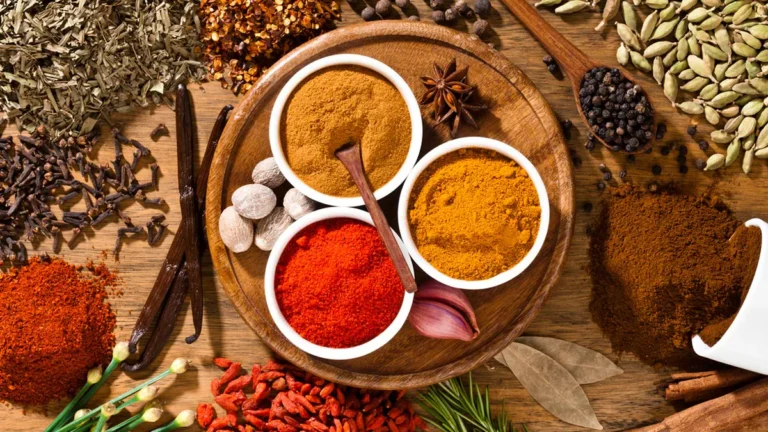Exploring the Healing Power of Himalayan Herbs
At the center of Himalayan food lies an amicable mix of native spices and flavors, each contributing its unmistakable flavor profile to customary dishes. Among these, one of the most valued flavors is the sharp and gritty Himalayan Pink Salt. With its fragile pink tint and unobtrusive subtleties, Himalayan Pink Salt adds profundity and intricacy to both exquisite and sweet dishes, making it a staple fixing in Himalayan kitchens.
No investigation of Himalayan flavors would be finished without referencing Timur, otherwise called Himalayan Pepper. Native to the high-height locales of Nepal, Bhutan, and Tibet, Timur is valued for its citrusy fragrance and tongue-shivering flavor. Not at all like ordinary dark pepper, Timur sneaks up all of a sudden with traces of grapefruit and juniper, making it a flexible flavoring for both exquisite and sweet dishes. Whether sprinkled over barbecued meats or injected into sweets, Timur adds a tempting turn to culinary manifestations, procuring its legitimate spot among the royal gems of Himalayan flavors.
Notwithstanding these fascinating flavors, the Himalayan district is likewise eminent for its rich variety of sweet-smelling spices and restorative plants. From the fragrant curry leaves of southern Nepal to the recuperating properties of Himalayan Thyme found in the upper scopes of the mountains, every spice holds an extraordinary spot in the culinary and social legacy of the locale.
In each touch of Himalayan Pink Salt, each hint of Bhut Jolokia, and each sprinkle of Timur, we taste the pith of a land saturated with custom and pervaded with the abundance of the earth. Thus, the following time you relish the kinds of the Himalayas, let it be a recognition for the immortal insight and culinary craftsmanship of this hypnotizing district.
Quite possibly the most venerated zest in Himalayan food is the humble yet adaptable Sichuan pepper. Utilized in both flavorful and sweet dishes, this peppercorn adds profundity and intricacy to conventional Himalayan recipes, from red hot curries to fragrant treats. Its one-of-a-kind flavor profile deserves it a unique spot in the hearts and palates of culinary specialists and food fans alike, making it a staple fixture in Himalayan kitchens.
As we cross the twisting paths of the Himalayan lower regions, we experience another culinary jewel: the Timur seed, which has an earthy scent. Gathered from the Zanthoxylum erratum plant, Timur seed is prestigious for its striking flavor and restorative properties. From pickles to marinades, this fragrant zest lends a particularly sharp and somewhat severe taste to dishes, arousing the faculties and tempting the taste buds. Its broad use in Himalayan food addresses its social importance and culinary flexibility, making it a key fixture in the zest cupboards of Himalayan families.
Wandering further into the core of the Himalayas, we find the red hot appeal of the bhut jolokia stew pepper. Known for its extraordinary intensity and fruity connotations, bhut jolokia adds a blazing kick to curries, chutneys, and sauces, changing customary dishes into culinary magnum opuses.
Tags
What do you think?
Related Articles
Exploring the Healing Power of Himalayan Herbs
At the center of Himalayan food lies an amicable mix of native spices and flavors, each contributing its unmistakable flavor profile to customary dishes. Among

Are there any known brand in India for Aromatic/whole/Powdered spices?
Yes, India is home to several well-known brands that specialize in offering high-quality whole spices. Here are a few examples: MDH (Mahashian Di Hatti): MDH

Why is it a concern to use non branded or open sourced spices in food?
Using non-branded or open-sourced spices in food can be dangerous due to several reasons: Quality Control: Non-branded or open-sourced spices may lack quality control measures
